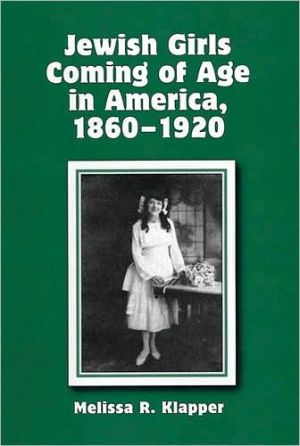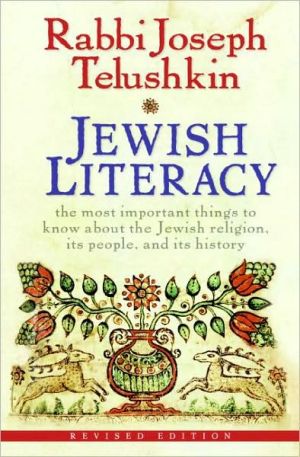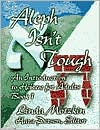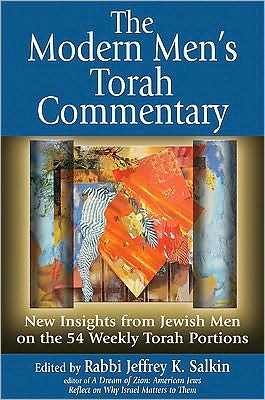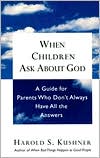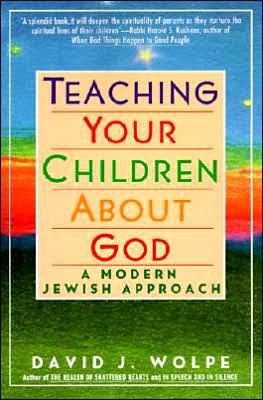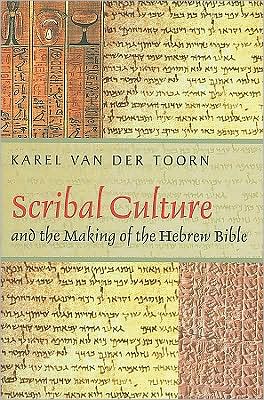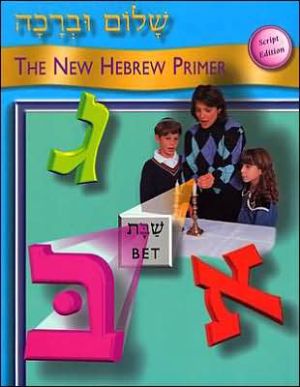Jewish Girls Coming of Age in America, 1860-1920
"Jewish Girls Coming of Age in America, 1860-1920 draws on a wealth of archival material, much of which has never been published - or even read - to illuminate the ways in which Jewish girls' adolescent experiences reflected larger issues relating to gender, ethnicity, religion, and education." "Klapper explores the dual roles girls played as agents of acculturation and guardians of tradition. Their search for an identity as American girls that would not require the abandonment of Jewish...
Search in google:
Jewish Girls Coming of Age in America, 1860–1920 draws on a wealth of archival material, much of which has never been published—or even read—to illuminate the ways in which Jewish girls' adolescent experiences reflected larger issues relating to gender, ethnicity, religion, and education. Klapper explores the dual roles girls played as agents of acculturation and guardians of tradition. Their search for an identity as American girls that would not require the abandonment of Jewish tradition and culture mirrored the struggle of their families and communities for integration into American society. While focusing on their lives as girls, not the adults they would later become, Klapper draws on the papers of such figures as Henrietta Szold, founder of Hadassah; Edna Ferber, Pulitzer Prize-winning author of Showboat; and Marie Syrkin, literary critic and Zionist. Klapper also analyzes the diaries, memoirs, and letters of hundreds of other girls whose later lives and experiences have been lost to history. Told in an engaging style and filled with colorful quotes, the book brings to life a neglected group of fascinating historical figures during a pivotal moment in the development of gender roles, adolescence, and the modern American Jewish community. Publishers Weekly Drawing on diaries and magazines, historian Klapper recreates the world of Jewish girls in late 19th- and early 20th-century America. These were years of massive immigration, expansion of the secondary school system and an increased sense of "the... importance of youth in modern society." Jewish girls were committed to maintaining Jewish identity and religious practice, but also wanted to read Black Beauty, go on dates (only very rarely with gentile boys) and attend dances. Readers watch as 18-year-old Emily Frankenstein and her boyfriend "spoon... on the porch swing," listen to Minnie Goldstein lead her high school debate team to victory and hum along as Lottie Strogoff practices the piano. One of this monograph's major themes is education: Jewish girls attended high school and often college, where they studied American history, and mixed and mingled with non-Jewish classmates. But parents also wanted their girls to be steeped in Yiddishkeit (all things Jewish) so many girls attended Sunday school (or Sabbath school) devoted to Jewish studies. This book's charm lies in its innovative and engaging focus on girlhood. Klapper doesn't overhaul historians' traditional understanding of Jewish-American history; rather she offers grace notes to a familiar narrative about the tensions between assimilation and tradition. The primary audience is academic, but the book will be accessible to other readers. (Jan.) Copyright 2004 Reed Business Information.
1"Any other girls in this whole world like myself" : Jewish girls and adolescence in America192"Unless I get more education" : Jewish girls and the problem of education in turn-of-the-century America593"Education in the broadest sense" : alternative forms of education for working-class girls1054"A perfect Jew and a perfect American" : the religious education of Jewish girls1435"Such a world of pleasure" : adolescent Jewish girls and American youth culture185
\ Publishers WeeklyDrawing on diaries and magazines, historian Klapper recreates the world of Jewish girls in late 19th- and early 20th-century America. These were years of massive immigration, expansion of the secondary school system and an increased sense of "the... importance of youth in modern society." Jewish girls were committed to maintaining Jewish identity and religious practice, but also wanted to read Black Beauty, go on dates (only very rarely with gentile boys) and attend dances. Readers watch as 18-year-old Emily Frankenstein and her boyfriend "spoon... on the porch swing," listen to Minnie Goldstein lead her high school debate team to victory and hum along as Lottie Strogoff practices the piano. One of this monograph's major themes is education: Jewish girls attended high school and often college, where they studied American history, and mixed and mingled with non-Jewish classmates. But parents also wanted their girls to be steeped in Yiddishkeit (all things Jewish) so many girls attended Sunday school (or Sabbath school) devoted to Jewish studies. This book's charm lies in its innovative and engaging focus on girlhood. Klapper doesn't overhaul historians' traditional understanding of Jewish-American history; rather she offers grace notes to a familiar narrative about the tensions between assimilation and tradition. The primary audience is academic, but the book will be accessible to other readers. (Jan.) Copyright 2004 Reed Business Information.\ \ \ \ \ From the Publisher“Masterfully weaving together stories of adolescent girls based on an analysis of their diaries, personal letters, and memoirs, Klapper illuminates the ways these young women grappled with contradictory feelings about their friends, family, and future...This compelling narrative deeply enriches our understanding of the intertwined roles played by gender, ethnicity, religion, and education in fostering American identity at the turn of the century.”\ -American Historical Review\ ,\ “Melissa R. Klapper has succeeded handsomely in surmounting the hurdles of her topic to create a coherent narrative of cultural change. She brings to her subject sensitivity to the stress of adolescence, mastery of her materials, and genuine affection for the experience of growing up female, Jewish, and American.”\ -Journal of American History\ ,\ “Drawing on diaries and magazines, historian Klapper recreates the world of Jewish girls in late 19th- and early 20th-century America. . . . This book’s charm lies in its innovative and engaging focus on girlhood. Klapper . . . offers grace notes to a familiar narrative about the tensions between assimilation and tradition.”\ -Publishers Weekly\ ,\ “Provides a revealing glimpse into the lives of adolescent girls at the turn of the century. Klapper's exhaustive search for the diaries of young Jewish women has produced a harvest of insights into their relationships to religion, to education, to domestic lives, and to girl culture.”\ -Alice Kessler-Harris,author of In Pursuit of Equity\ “Melissa Klapper’s pioneering volume, based on an astonishing wealth of primary sources, uncovers more than we have ever known about the upbringing and education of Jewish girls in America from the Civil War to World War I. Covering everything from religious education to sex education, it explores what it meant to be a Jewish girl aged 12-20 during one of the most tumultuous eras in American history.”\ -Jonathan D. Sarna, Joseph H. & Belle R. Braun,Professor of American Jewish History, Brandeis University\ \ \
